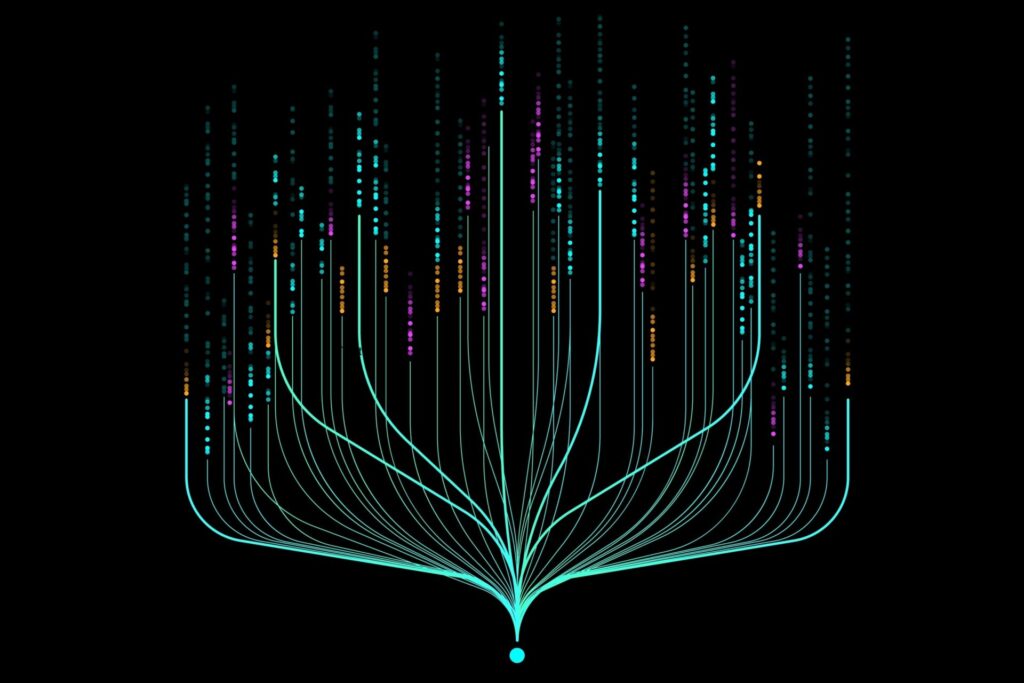
In the rapidly evolving landscape of Generative AI (GenAI) technologies, the future holds both promises and challenges. As we navigate this disruptive technology, it is crucial for IT leaders and their organisations to adapt and innovate to harness the full potential of GenAI.
Drawing insights from recent Gartner research and strategic planning assumptions, this article will delve into the key findings and recommendations that will pave the way for the future of GenAI.
Embracing Synthetic Data and Autonomous Agents
Initially, it’s imperative to create a vision of enterprise capabilities as a multiagent system by envisioning semi-autonomous and autonomous capabilities of AI.
Synthetic data emerges as a pivotal tool in overcoming challenges related to data quality, privacy regulations, and the need for massive amounts of training data. By incorporating synthetic data into data strategies, organisations can unlock new opportunities, simulate responses, and accelerate time-to-market by mimicking first-party data. This shift towards synthetic data not only streamlines processes but also enables organisations to focus on customer signals, driving innovation and customer-centric approaches. Clean data is fundamental for synthetic data development, so therefore ensure to communicate the value of good test data practices to accelerate development efforts.
Additionally, utilise synthetic data to support customer segments, drive new products, and train machine learning models that align with the overall business growth objectives.
Meanwhile, autonomous agents represent a paradigm shift in human interactions with GenAI. These agents, driven by AI techniques, have the potential to handle complex tasks autonomously, reducing human intervention and enhancing alignment with human intent. As we look ahead, carefully engineered prompts and access to knowledge resources will shape the evolution of autonomous agents, paving the way for more efficient and autonomous interactions with GenAI services.
Sustainable Practices in GenAI Implementations
The environmental impact of GenAI technologies cannot be overlooked. The high energy consumption associated with training models raises legitimate sustainability concerns. To address this challenge, optimise GenAI implementations using energy-conserving computational methods. By diversifying suppliers, reviewing energy efficiency roadmaps, and prioritising sustainability in vendor risk management, organisations can mitigate costs and environmental impacts while driving innovation in sustainable AI models.
In addition, periodically review vendors’ product roadmaps for energy efficiency improvements and pursue composable architecture for sustainable operations.
As we navigate the complexities and opportunities presented by GenAI technologies, a forward-thinking approach is essential. By embracing synthetic data, autonomous agents, and sustainable practices, organisations can position themselves at the forefront of innovation in GenAI. The future promises a landscape where human-machine interactions evolve towards greater autonomy and efficiency, driven by advancements in technology and strategic planning.
With these recommendations, together with embracing the transformative power of GenAI technologies, businesses can unlock new possibilities, drive growth, and shape a future where human-machine collaboration reaches new heights.
Gartner analysts will explore the impact, challenges and opportunities of AI technologies and dive into the insights and trends shaping the future of IT and business, at the Gartner IT Symposium/Xpo, taking place from 4-7 November in Barcelona, Spain.

Arun Chandrasekaran
Arun Chandrasekaran is a Distinguished Vice President, Analyst at Gartner, where his research focus is emerging technologies and trends, with an emphasis on artificial intelligence and cloud computing. Arun is a trusted advisor to executive and IT leaders, which includes the board of directors, CEOs, CIOs, CTOs, and their direct reports.


